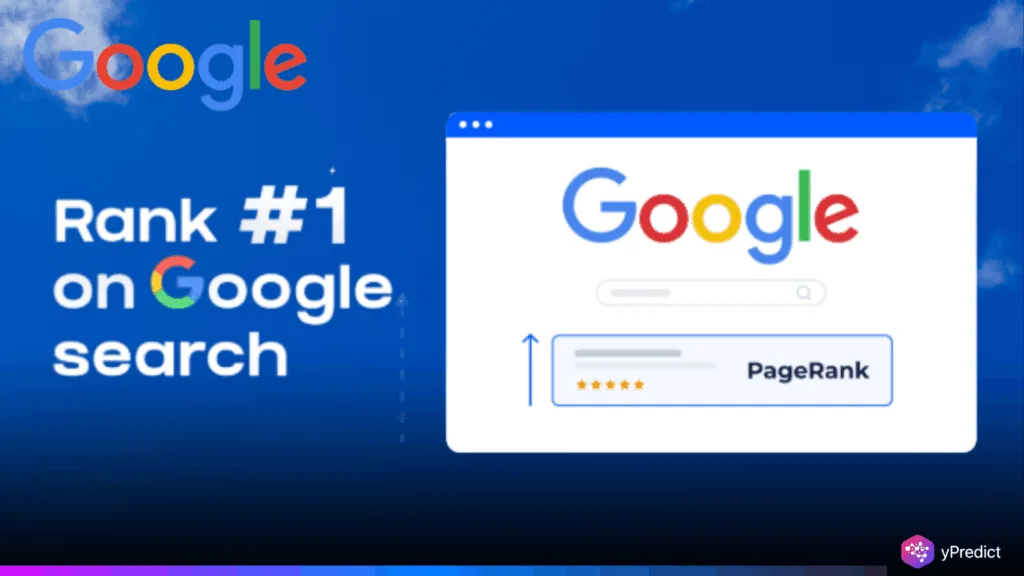
A new paper from Google Research suggests that large language models (LLMs) may not need to change their weights to learn new tasks. Instead, they adapt by temporarily tweaking their internal behavior during the forward pass. The study introduces a rank-1 patching method that mimics training-like adaptation without backpropagation. Experiments showed that even simple prompts can create “sticky note” adjustments that help models learn patterns on the fly. Though tested on linear tasks, the findings could shift how we think about LLM flexibility and their in-context learning abilities.
Temporary Rank-1 Tweaks Enable Learning Without Training Steps
Traditional machine learning involves weight updates through training. But in LLMs, in-context learning lets models adjust to new tasks using only prompt examples; no training is needed. The new Google Research paper explains this with a clever mechanism: each prompt token creates a temporary rank-1 patch on the model’s first weight matrix during the forward pass. These patches act like quick, disposable tweaks, letting the model simulate learning without altering stored weights.
This happens inside a structure called a “contextual block,” which combines a contextual layer and a multilayer perceptron (MLP). The contextual layer extracts information from prompt tokens and applies it directly to the query via an implicit patch. The model behaves as if it were fine-tuned for the prompt’s pattern when the patch is added. After inference, the patch disappears, leaving the weights untouched. This means the model can “learn,” discard the tweak, and start fresh for the next prompt.
Study Finds Patch-Based Learning Matches Gradient Descent on Simple Tasks
To test their idea, Google Research trained a toy transformer to learn a linear function: mapping inputs x \to w \cdot x. They compared two setups, one using full prompt context and another using a single rank-1 patch derived from the same prompt. The loss curves for both cases were nearly identical. This means the patch retained enough information from the prompt to guide correct predictions.
The patch strategy also mimicked the effect of online gradient descent. As we added tokens sequentially, the patch evolved similarly to how gradients update weights in standard training. However, unlike fine-tuning, this approach avoids backpropagation and doesn’t store any updates, making it lightweight and fast. The result: a model that adapts without learning in the traditional sense. But Google Research cautions that researchers only tested the technique on basic one-token outputs and simplified transformer blocks; they need to do more work to prove it works at scale.
LLMs Might Adapt via Architecture, Not Just Stored Memory
This paper challenges the long-held assumption that learning requires training. Instead, it proposes that LLMs adapt through their forward-pass architecture, using temporary rank-1 patches that vanish after each inference. If this holds in more complex models. It could lead researchers to a new wave of efficient, adaptable AI. Where models “learn” without being retrained. While current results are limited to simplified tasks. They suggest a powerful idea: LLMs may already act as mini optimizers, rewriting themselves briefly just to solve your prompt better.






